In a true example of ‘self-reliance’, the Border Security Force (BSF) has inducted two Indie dog breeds. More than 150 dogs of the indigenous Rampur and Mudhol Hound breeds have been deployed across several operational areas, including the western and eastern borders.
The BSF has been training these canines for high-risk commando operations, such as guarding border areas, counterinsurgency, and special tasks. Dogs play a key role in the crucial operations of the Indian armed forces, providing indispensable service.
Let’s take a closer look.
BSF deploys 2 Indian dog breeds
The BSF has been training Rampur and Mudhol Hound dog breeds for deployment across eastern and western frontiers and Left Wing Extremism (LWE)-affected areas.
For the first time, these indigenous canines are being trained for operations like sliding down from a helicopter and river rafting at the National Training Centre for Dogs (NTCD) in Madhya Pradesh’s Tekanpur, reported PTI.
“About a dozen Indian breed dogs are being trained for the first time in undertaking precarious commando operations along with their handlers. They will slither down from a helicopter when commandos are inserted in a combat zone aerially,” a senior officer aware of the matter told the news agency.
The BSF is also breeding these indigenous dogs, as well as expanded to subsidiary K9 training centres to ensure large-scale development and deployment of Indian native dogs across the force.
The Mudhol Hounds have served with the Indian armed forces and some paramilitary forces for years. Prime Minister Narendra Modi has also underlined the significance of promoting and utilising Indian dog breeds in national security forces.
In a speech in Karnataka’s Bagalkot, he said earlier that the district’s Mudhol Hounds would “protect the nation with a new battalion”.
On Sunday (October 26), PM Modi hailed the surge in the number of indigenous dogs in the BSF and Central Reserve Police Force (CRPF) contingents.
During his Mann Ki Baat address, he recalled: “Five years ago, I discussed Indian breeds of dogs in this programme. I am happy to say that BSF and CRPF have increased the number of Indian breed dogs in their contingents. BSF’s National Training Centre for dogs is located in Tekanpur, Gwalior. Here, special focus is being accorded to the Rampur Hound from Uttar Pradesh and the Mudhol Hound from Karnataka and Maharashtra.”
“At the CRPF’s Dog Breeding and Training School in Bengaluru, Indian breeds such as Mongrels, Mudhol Hounds, Kombai, and Pandikona are being trained,” the PM added.
Meet the Indian dog breeds deployed by BSF
Mudhol Hounds were once part of the Indian royalty. Also known as the Caravan Hounds, it is said that these dogs were first bred by Raja Malojirao Ghorpade of the erstwhile kingdom of Mudhol, in present-day Bagalkot.
The ruler gifted some of these dogs to King George V during his visit to England, following which the breed got its name, Mudhol Hound, as per an Indian Express report.
A fact about one of the Indian Breeds dog : Mudhol Hound, being trained and deployed by BSF.#IndiasFirstLineOfDefence pic.twitter.com/70HHqcHNlV
— BSF (@BSF_India) October 27, 2025
These canines are traditionally known for guarding and hunting. Similar dogs, valued for their alertness and loyalty, have been associated with Maratha forces.
The slim Mudhol Hound can run fast and has great stamina, agility, sharp vision and a good sense of smell.
Mudhol Hound was the first Indian breed to be trained at the Remount and Veterinary Corps (RVC) training centre of the Indian Army in Meerut in February 2016.
Native to the Deccan Plateau, these dogs are not accustomed to cold conditions, hence their performance dips in such environments, officials told Indian Express. This factor could impact their future deployment in certain regions.
During the All India Police Duty Meet 2024 in Lucknow, BSF’s ‘Riya’, a Mudhol Hound, made history by becoming the first Indian breed dog to win both the Best in Tracker Trade and Best Dog of the Meet title, defeating 116 foreign breed rivals.
Rampur Hounds, which originate from the erstwhile princely state of Rampur in Uttar Pradesh, were prized by Mughal nobles for their speed, stamina, and fearlessness.
Around 300 years ago, the Nawab of Rampur bred them through crosses between Afghan Hounds, or Tazi, and English Greyhounds. These dogs were historically used by the royalty for hunting jackals and large game.
Part of the athletic sighthound breed, Rampur Hounds are sleek with long legs, a deep chest and a narrow torso. Possessing great speeds, these intelligent canines can run at more than 40 mph. Praised for their loyalty and obedience to their owners, the dogs are, however, aloof and reserved with strangers.
“Known for their agility, endurance, adaptability, and resilience, these breeds are well-suited to India’s diverse geo-climatic conditions. Their natural disease resistance, hardiness, and low maintenance needs make them particularly effective in demanding field environments,” ANI cited an official press release as saying_._
ALSO READ: Who was Phantom, the Indian Army dog that died in J&K anti-terror operation?
How military dogs are trained
India’s canine warriors are trained for diverse operations, including guarding duty, patrolling, sniffing explosives and contraband, detecting mines, and locating hiding fugitives and terrorists.
In Jammu and Kashmir, a canine squad of the Indian Army is the first responder during anti-terror operations in the Valley, reported India Today.
Canine breeds are selected for training based on their agility, intelligence, physical fitness and adaptability. These dogs undergo rigorous training at the RVC training centre in Meerut.
During the training period, which lasts at least 10 months, a dog’s loyalty and combat skills are honed before they are inducted into the armed forces. Each dog has its own handler who trains and guides the canine daily.
There are over 30 canine units in India’s armed forces, with each unit consisting of about 24 dogs.
After retirement, military dogs are sent to work as guards, while others go to rehabilitation centres.
With inputs from agencies


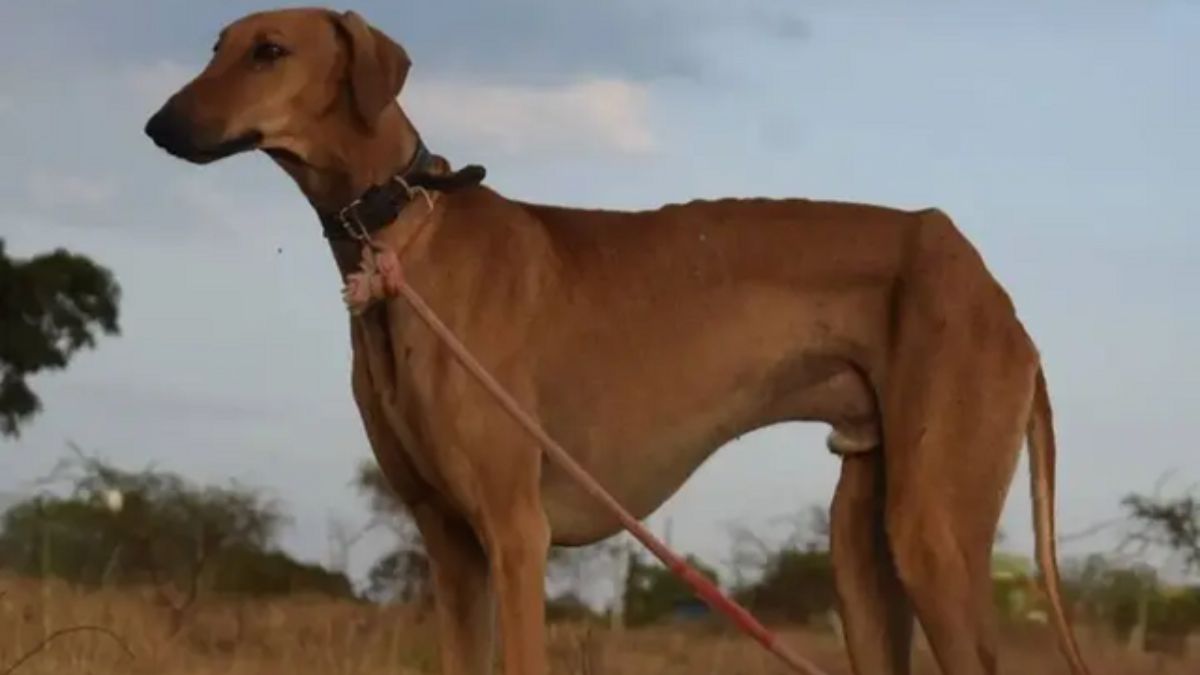)
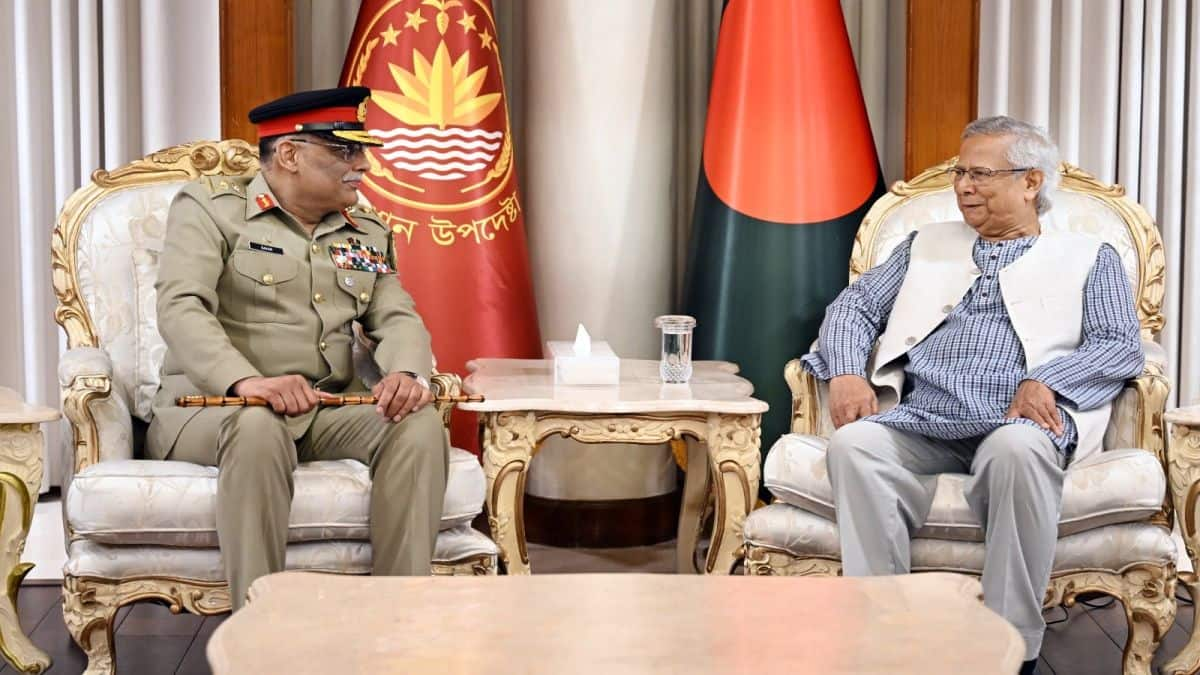
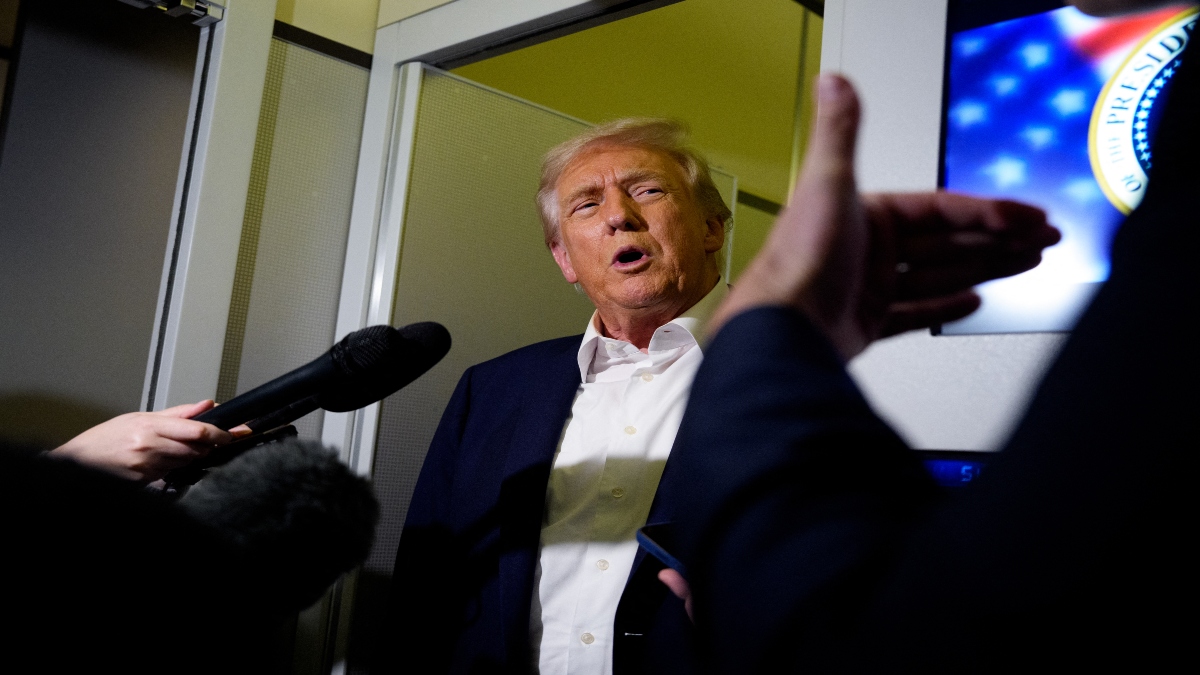)
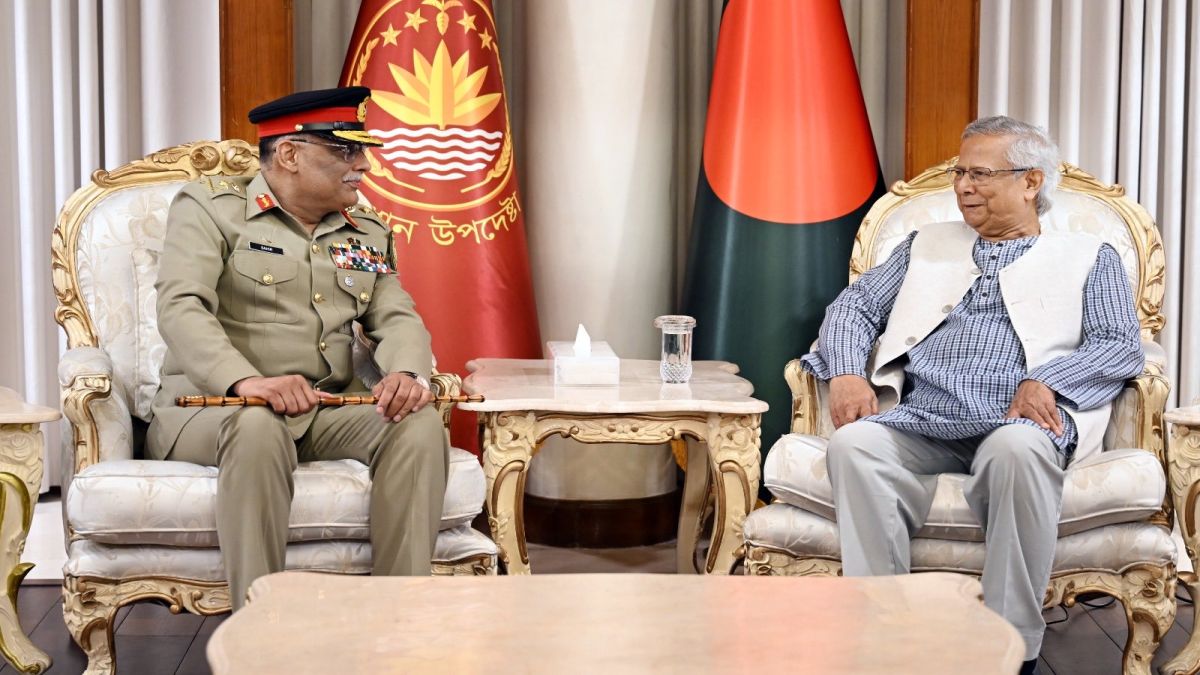)
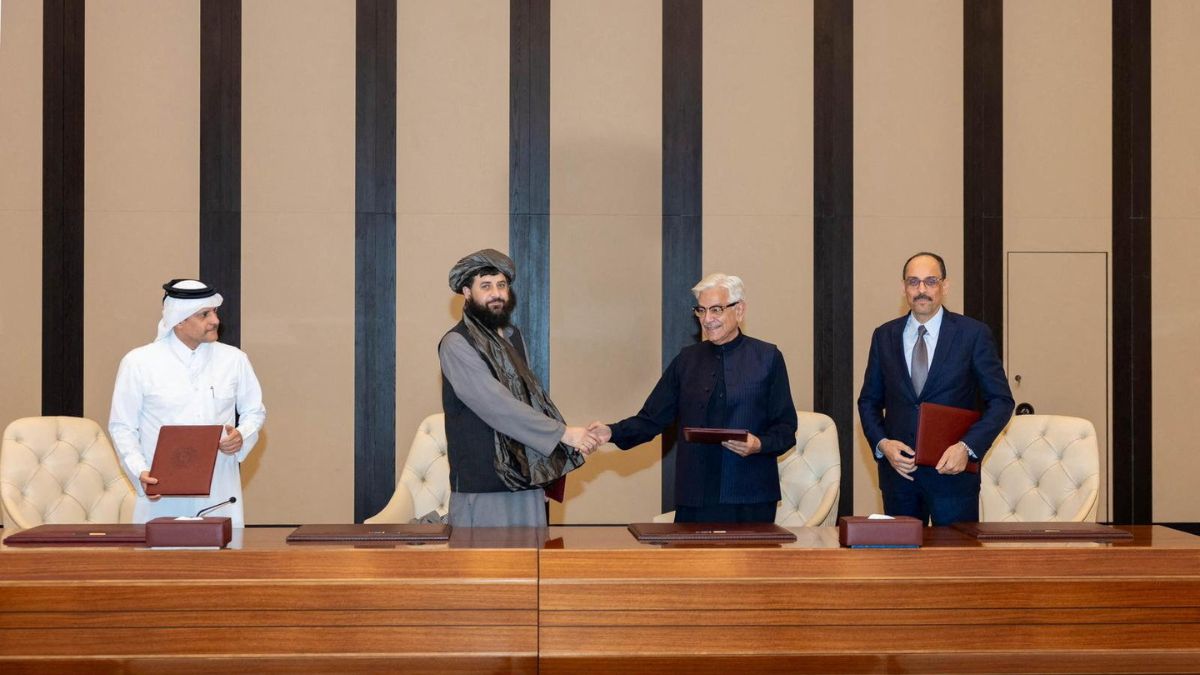)
)
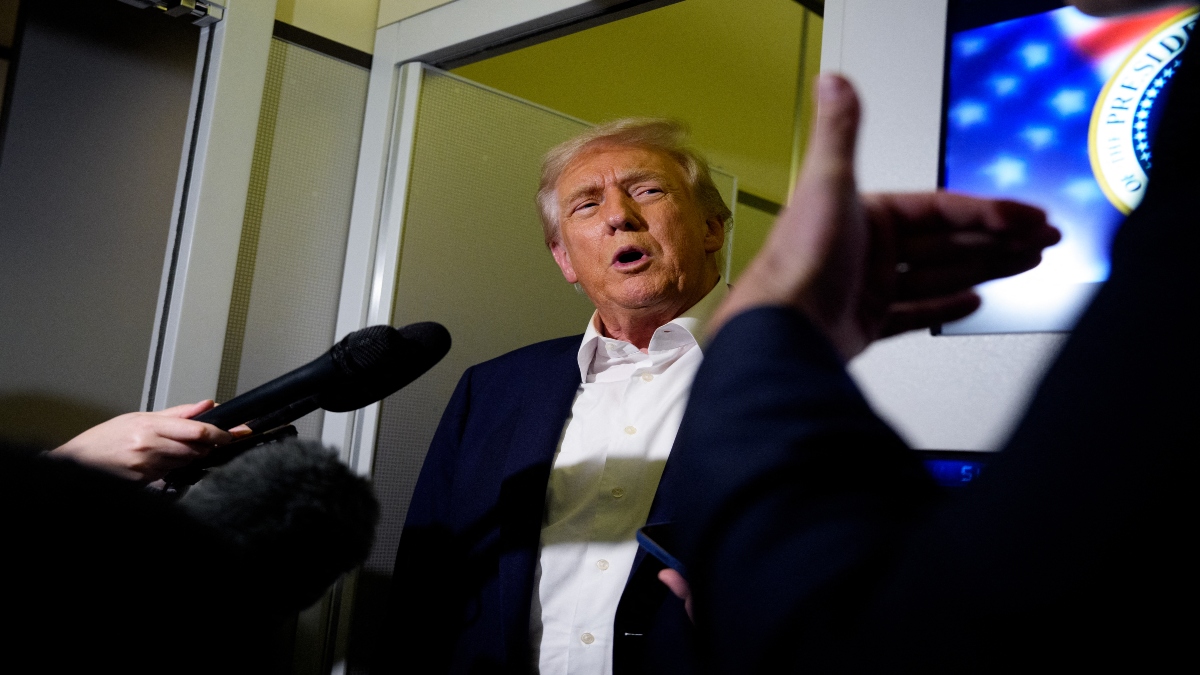)
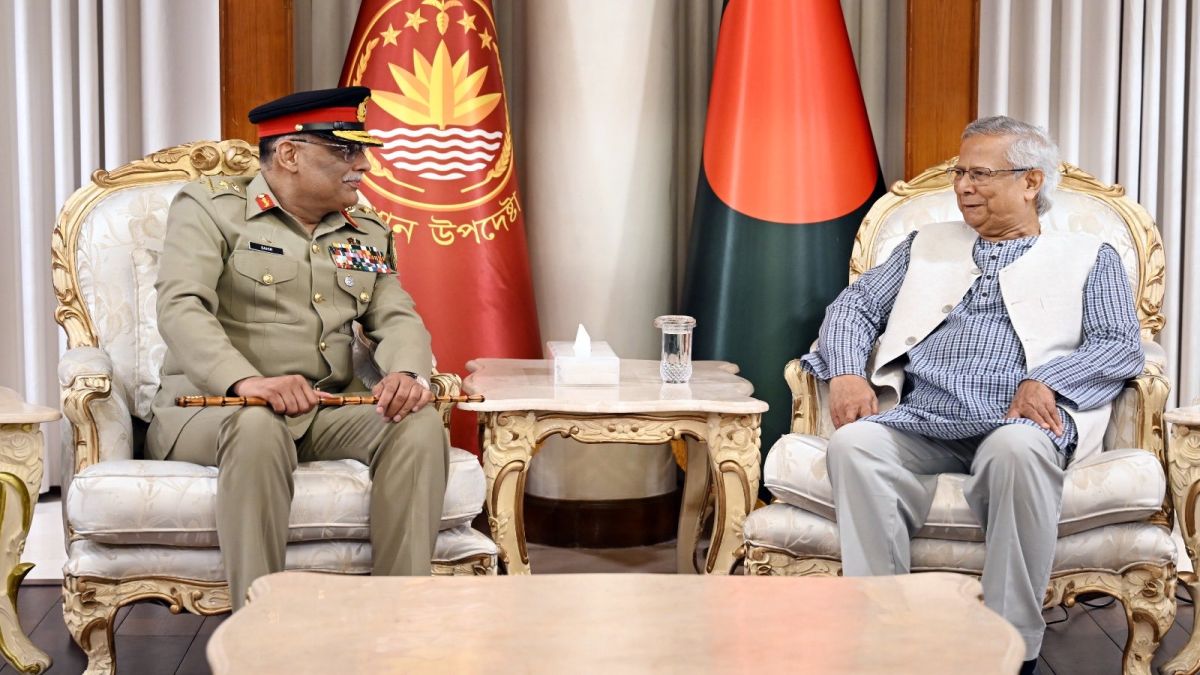)
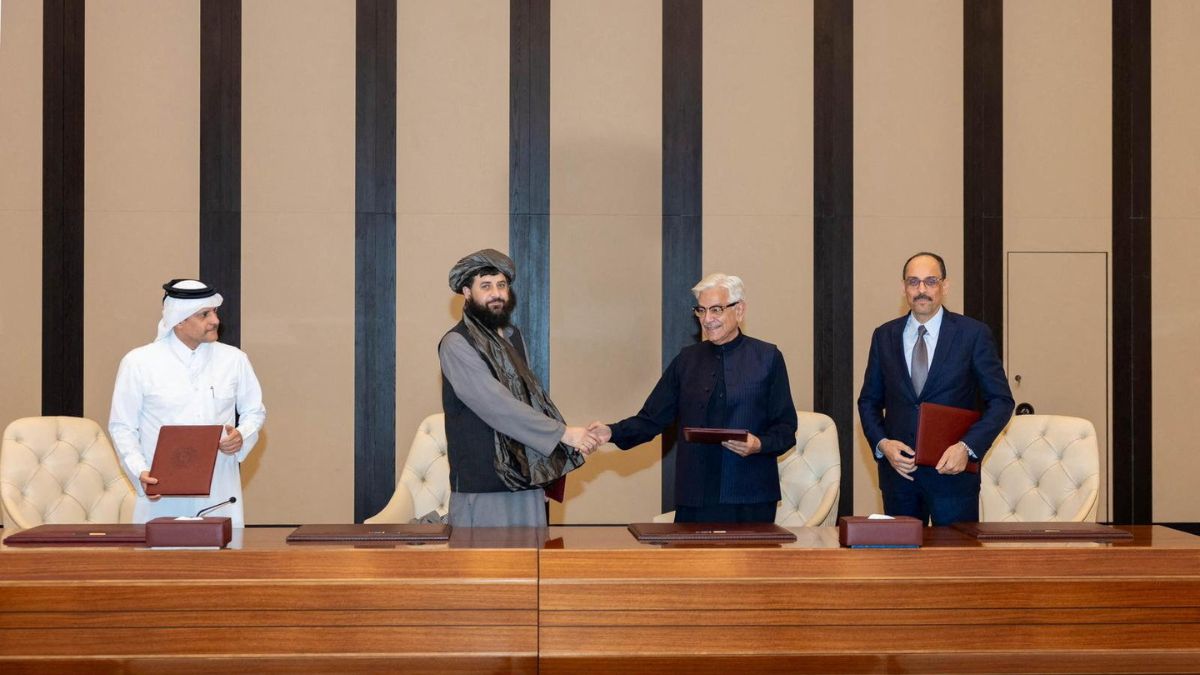)
)



